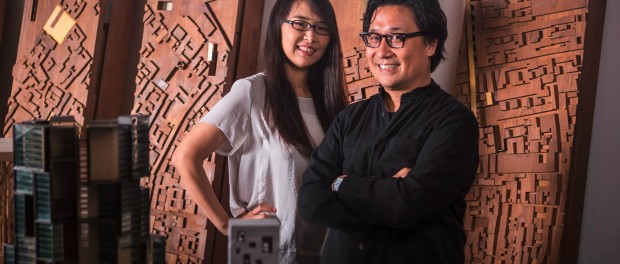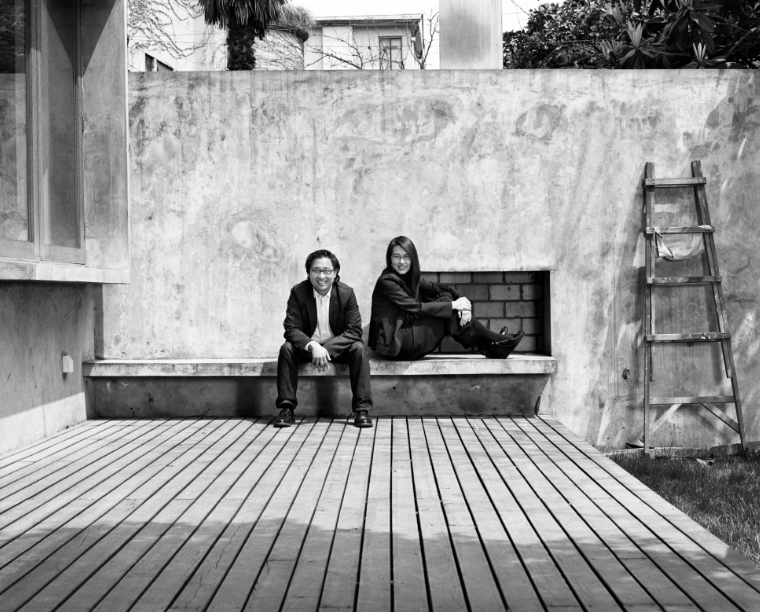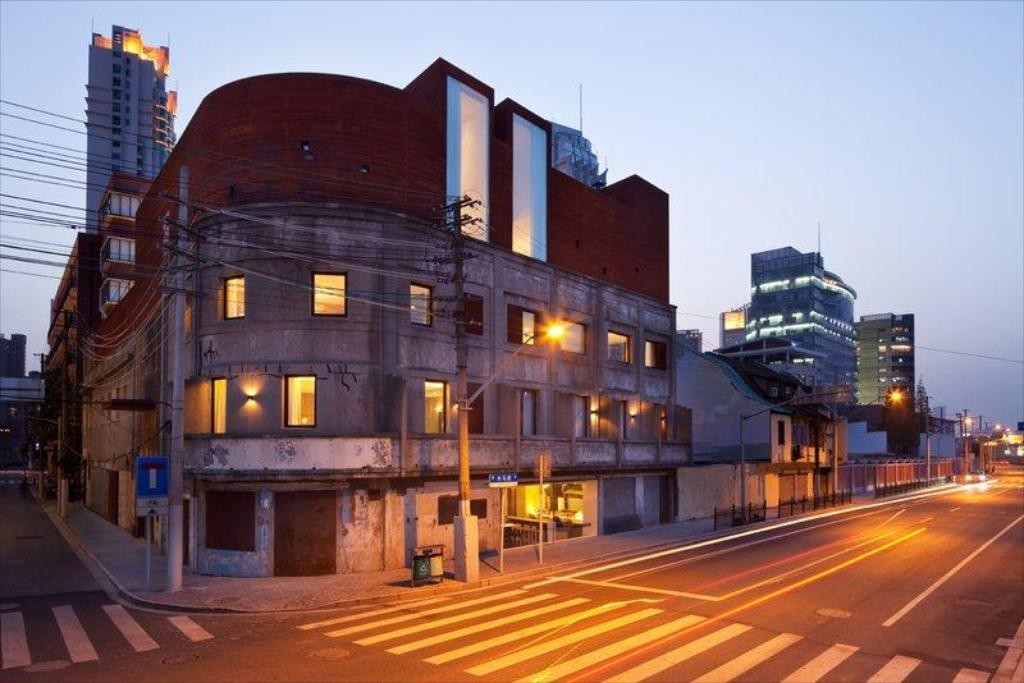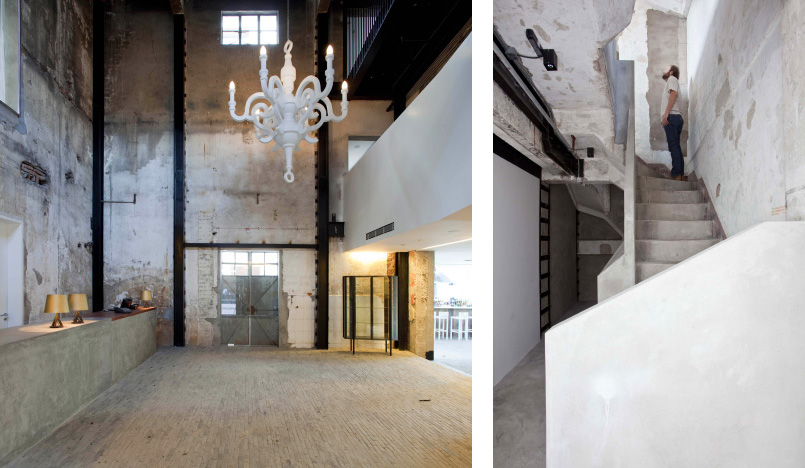The poetic architecture of Neri & Hu

Architect Daniel van der Merwe interviews Lyndon Neri and Rossana Hu, the founders of architectural design practice Neri & Hu, who spoke at Design Indaba 2020.
“Style changes, but if the idea of what you are creating is there, it will last a lifetime. We always like this quote by Antoine de Saint-Exupéry: ‘We do not aspire to be eternal beings. We only hope that things do not lose their meaning.’” – Rosanna Hu
I recently had the privilege to sit down and chat to the architectural powerhouses behind the brand Neri & Hu: Shanghai-based husband and wife Lyndon Neri and Rossana Hu. The duo spoke about their practice and their design philosophy at Design Indaba on 27 February 2020, and I met them after their wildly popular presentation.
Neri & Hu’s architecture is hauntingly poetic – it demonstrates an innate apprehension of beauty derived from experiencing a connection to space. “We believe that materials should relate to the human condition,” Rosanna Hu told me. “They are there not only for visual pleasure, but for a tactile connection to the spaces.”
This careful, investigative approach and sensitivity to inviting and tactile materials deliver the rich and immersive experiences for which Neri & Hu are well-known. As Hu explained, material poetry is ultimately a visceral phenomenon – that which your senses react to in a primitive and instinctive way.
“We always research the contextual history and culture of the places we go into. That is what makes our work contextually appropriate,” Hu said. “In everything we do, we try to bring the communal into the private area and create a sense of an oasis.”
Added Neri: “We desire to anchor our work on the dynamic interaction of experience, detail, material, form, and light rather than conforming to a formulaic style. The ultimate significance behind each project comes from how the built forms create meaning through their physical representations.”
Shedding any sort of stylistic signature, Neri & Hu’s poetic work is defined by elements like the melding of old and new within a contemporary setting, the blurring of private and public realms, and the exploration of local context. “We start with having a concept in design that germinates from an idea,” Neri revealed. “At the end, the essence is to really understand what you’re trying to do and the meaning behind it.”
They always work as part of a community contributing towards a project. This humility allows for teaching and learning by all involved, where craftsmen are equal to bricklayers and designers. “Everybody takes proud ownership,” Hu explained.
Their work is a palimpsest, layering context over time and drawing on the rich cultural history of China, along with the wisdom of the imperfection of aged materials. This is in glaring contrast to the clichés and pastiche architecture currently seen in much of modern-day China.
Neri asserts that the rejuvenation of old buildings isn’t just about preserving their physical identity, or restoring them perfectly. “We need to understand the heritage, spirit and cultural essence of what we’re trying to do, and if we can make the spirit come alive again,” he said. “As much as it is seemingly a cliché, I think you need to understand history to move forward.”
Recurring elements in their work include the five “obsessions” that Neri & Hu identify, which include the voyeuristic gaze, exhibiting cultural textures and rebranding history.
One of their award-wining projects, a Shanghai boutique hotel called the Waterhouse at South Bund, embodies some of these obsessions.








